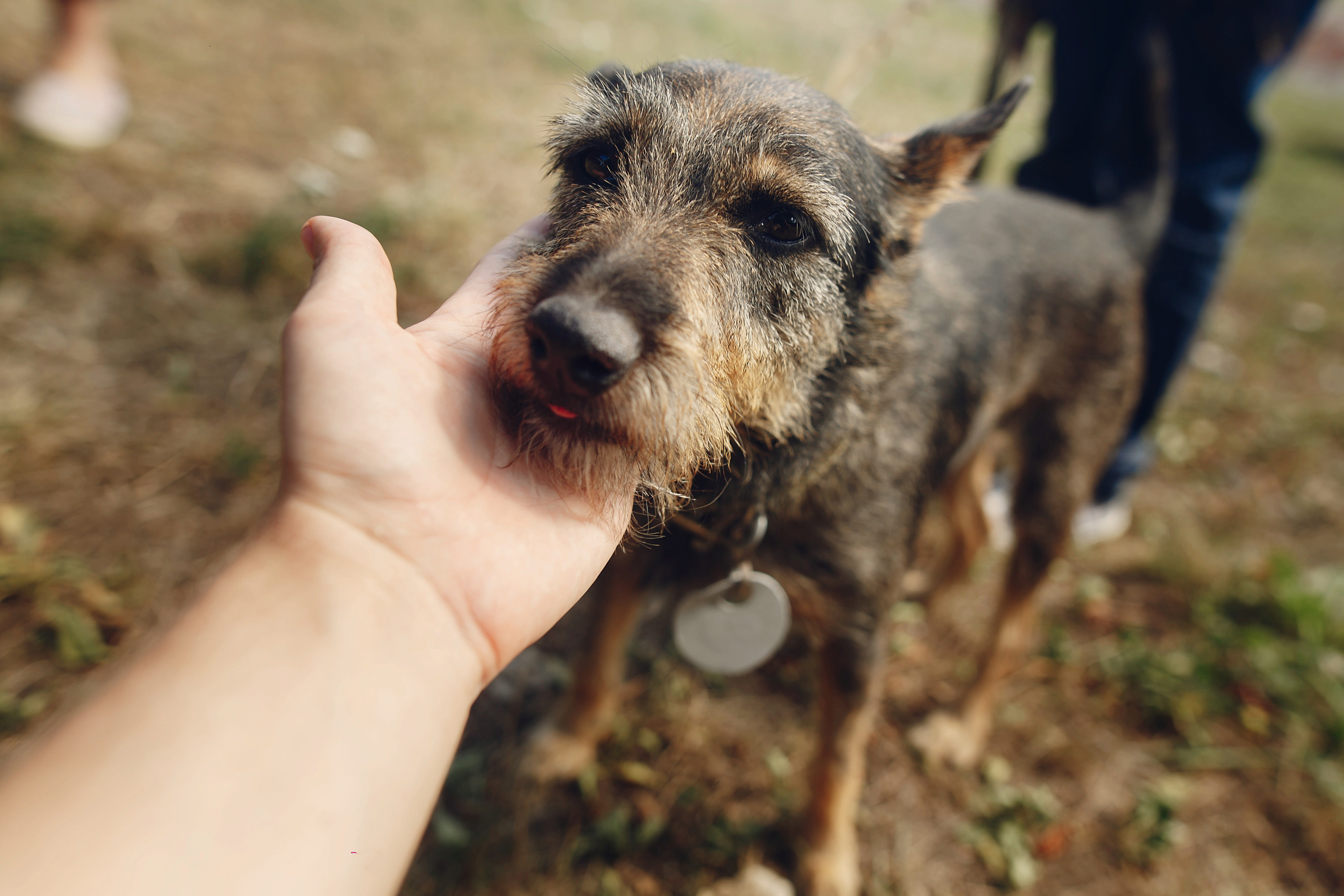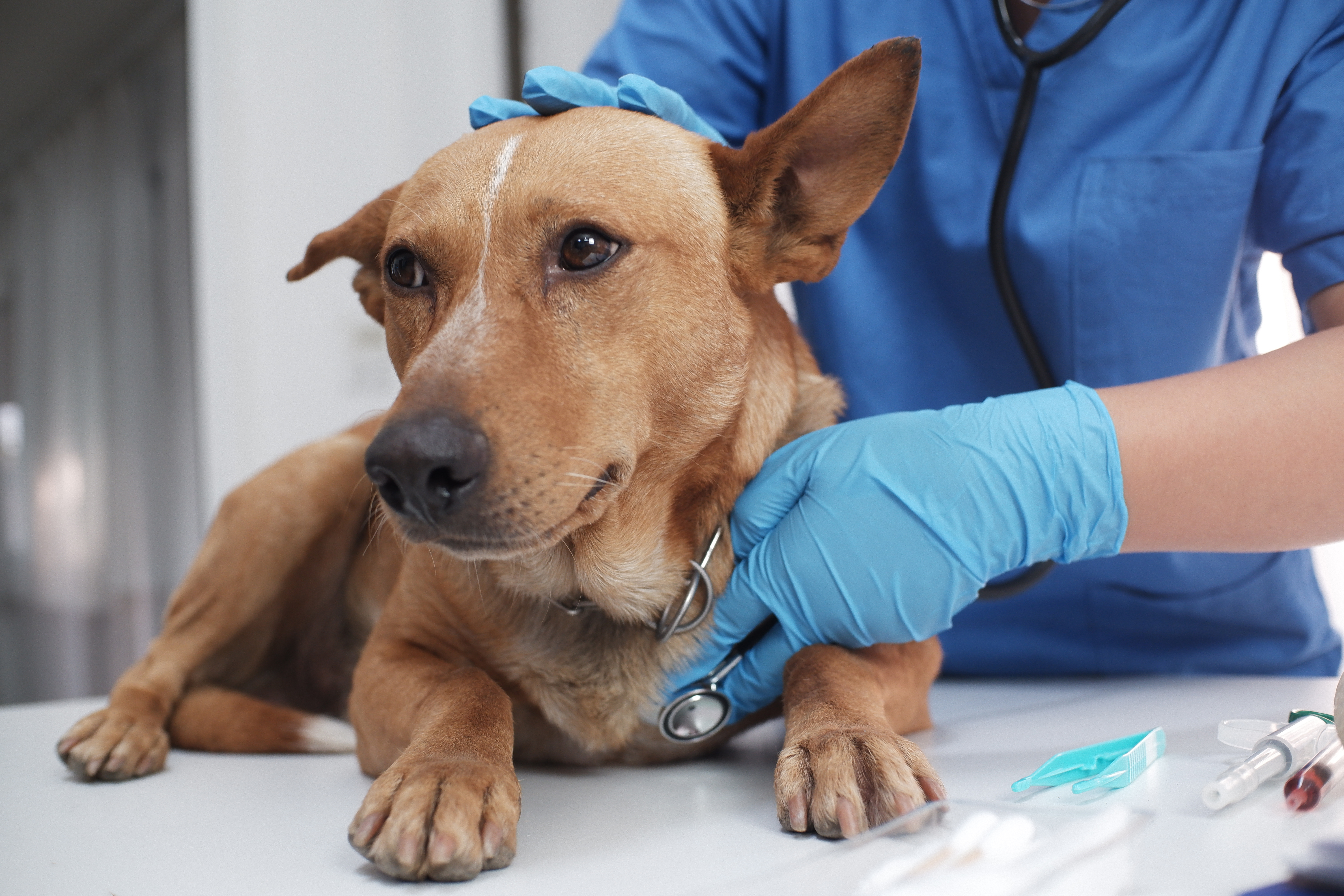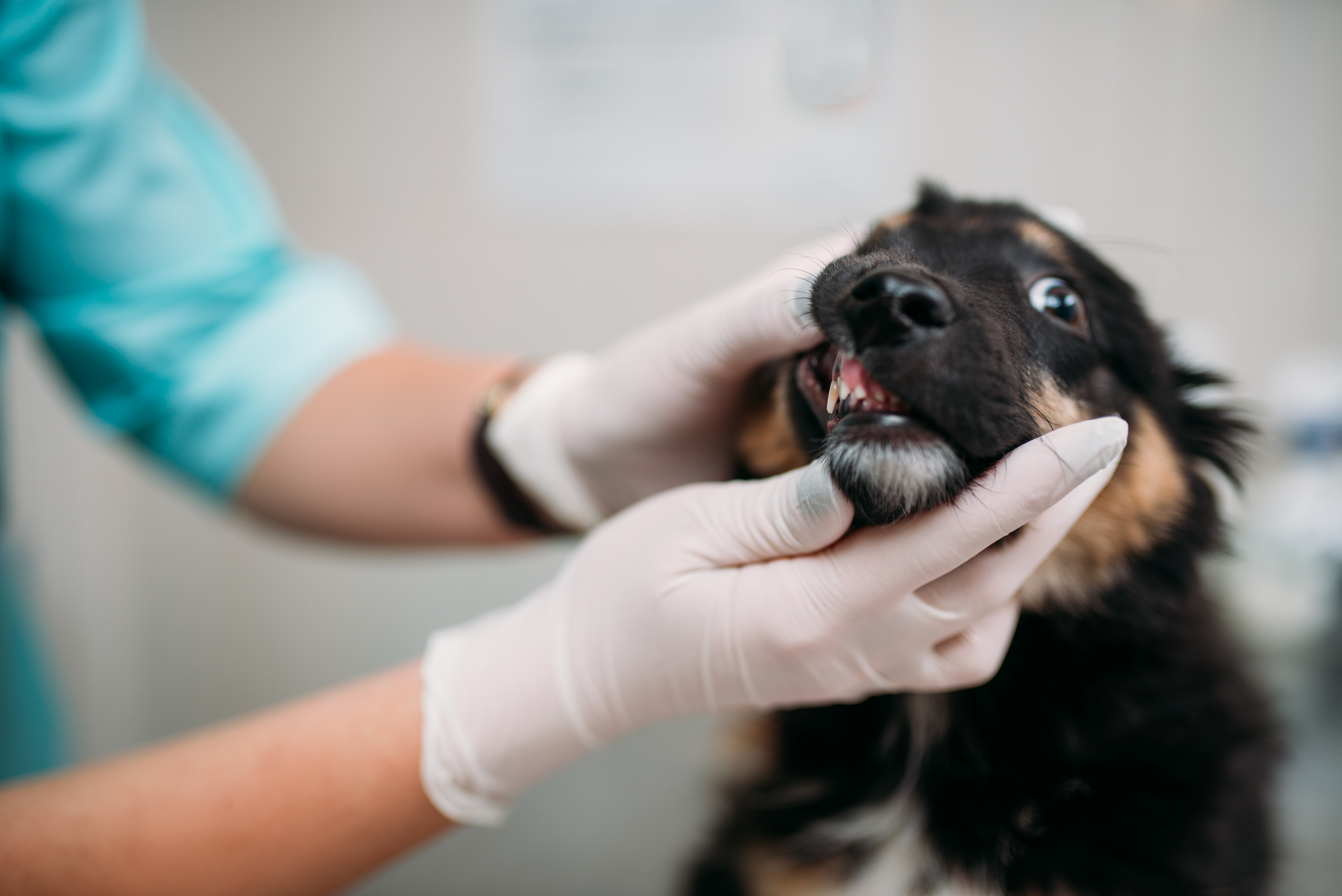10 Biggest Early Warning Signs of Cancer in Dogs
As beloved members of our families, dogs offer us companionship, joy, and unconditional love. However, like humans, they are susceptible to a variety of health issues, including cancer. Early detection of cancer in dogs can significantly improve treatment outcomes and quality of life. This guide aims to educate pet owners on the early warning signs of cancer in dogs, emphasizing the importance of vigilance and proactive care. By recognizing these signs early, pet owners can seek timely veterinary intervention, potentially saving their pet's life. This comprehensive exploration will cover the ten most critical signs that every dog owner should be aware of, providing insights into how these signs manifest and what steps to take when they are observed.
1. Unexplained Weight Loss: A Silent Alarm

One of the most common early warning signs of cancer in dogs is unexplained weight loss. While weight fluctuations can occur due to various reasons, a sudden and unexplained drop in weight should raise concern. Cancer can affect a dog's metabolism, leading to rapid weight loss even if the dog maintains a normal diet. This weight loss might be accompanied by a loss of muscle mass and a general decline in the dog's physical condition. Pet owners should monitor their dogs' weight regularly, using a scale or by observing changes in their body condition. If unexplained weight loss is detected, it is crucial to consult a veterinarian to rule out cancer or other underlying health issues.
2. Persistent Lumps or Bumps: When to Worry

Not all lumps and bumps on a dog are cancerous, but they warrant attention, especially if they persist or grow over time. A lump that changes in size, shape, or texture should be evaluated by a veterinarian. Some cancers, like mast cell tumors, can appear as small, benign-looking bumps but are aggressive in nature. Regularly checking your dog for new lumps and monitoring existing ones is a proactive way to catch potential issues early. Veterinarians often recommend a fine needle aspirate or biopsy to determine the nature of the lump. Early identification and diagnosis can lead to more effective treatment options and better outcomes for your pet.
3. Changes in Appetite: A Signal of Underlying Issues

A noticeable change in your dog's eating habits can be an early sign of cancer. Dogs with cancer may experience a loss of appetite, which can lead to weight loss and nutritional deficiencies. Conversely, some types of cancer can cause increased appetite due to hormonal imbalances. Monitoring your dog's eating patterns is essential; a sudden lack of interest in food or a drastic increase in hunger should prompt a veterinary consultation. Changes in appetite can also result from other health issues, so a thorough examination is necessary to determine the underlying cause and appropriate treatment.
4. Persistent Lethargy: More Than Just Fatigue

While dogs, like humans, can have off days, persistent lethargy is a red flag. A dog that is consistently less active, reluctant to play, or seems unusually tired may be experiencing more than just fatigue. Cancer can sap a dog's energy, making them less interested in activities they once enjoyed. It's important to distinguish between temporary tiredness and ongoing lethargy. If your dog shows a sustained lack of energy, it is advisable to seek veterinary advice. Lethargy can stem from various health issues, so a comprehensive examination is crucial to identify the root cause and implement the right treatment plan.
5. Difficulty Breathing: A Concerning Symptom

Difficulty breathing, known as dyspnea, can be a sign of cancer affecting the respiratory system or other organs. Dogs may exhibit labored breathing, wheezing, or shortness of breath. These symptoms can indicate tumors in the lungs or chest cavity, but they can also result from other conditions like heart disease. Observing your dog's breathing patterns and noting any changes is vital. If your dog shows signs of respiratory distress, immediate veterinary attention is necessary. Diagnostic tests, such as X-rays or ultrasounds, can help determine the cause of the breathing difficulties and guide appropriate treatment.
6. Changes in Bathroom Habits: Indicators of Internal Trouble

Alterations in a dog's bathroom habits can be indicative of underlying health issues, including cancer. Dogs may experience diarrhea, constipation, or changes in urination patterns. Blood in the stool or urine is particularly concerning and should not be ignored. These symptoms can point to cancers affecting the digestive or urinary systems. Regular monitoring of your dog's bathroom habits can help catch potential problems early. If you notice any persistent changes, a veterinary examination is essential to diagnose the cause and begin appropriate treatment. Early detection can improve the prognosis for dogs with cancer affecting these systems.
7. Non-Healing Wounds: A Sign of Something More

Wounds or sores that do not heal within a reasonable timeframe can be a sign of cancer. The body's inability to repair itself may indicate an underlying issue, such as a tumor interfering with the healing process. Non-healing wounds can be associated with skin cancers or other malignancies that affect tissue repair. Regularly inspecting your dog's skin for wounds and monitoring their healing progress is important. If a wound does not show signs of improvement, veterinary evaluation is necessary. A biopsy may be required to determine if cancer is present and to establish an effective treatment plan.
8. Unusual Odors: A Clue to Internal Problems

Unusual odors emanating from a dog's mouth, ears, or body can be an early sign of cancer. Tumors in the mouth or throat can cause bad breath, while those affecting the ears or skin may produce foul-smelling discharges. These odors result from the breakdown of tissues and the presence of bacteria. Regular grooming and dental care can help maintain your dog's hygiene and make it easier to detect unusual smells. If you notice persistent or unusual odors, a veterinary check-up is recommended. Identifying the source of the odor can lead to early diagnosis and treatment of potential cancers.
9. Behavioral Changes: A Reflection of Health Issues

Behavioral changes in dogs can signal underlying health problems, including cancer. Dogs may become more irritable, withdrawn, or exhibit changes in their temperament. These changes can result from pain or discomfort caused by tumors. Observing your dog's behavior and noting any deviations from their usual demeanor is crucial. If your dog shows unexplained behavioral changes, a veterinary assessment is warranted. Such changes can be subtle, so maintaining a close relationship with your pet and understanding their normal behavior can aid in early detection of health issues, including cancer.
10. Seizures or Neurological Symptoms: A Warning of Brain Involvement

Seizures or other neurological symptoms can indicate cancer affecting the brain or nervous system. Dogs may experience tremors, disorientation, or sudden changes in behavior. These symptoms can be alarming and require immediate veterinary attention. Neurological exams and imaging tests, such as MRIs or CT scans, can help identify the presence of tumors in the brain. Early detection and intervention are critical for managing neurological cancers and improving the dog's quality of life. Recognizing these symptoms and seeking prompt veterinary care can make a significant difference in the treatment and prognosis of affected dogs.
The Path to Proactive Pet Care

Awareness and vigilance are key components of responsible pet ownership, especially when it comes to detecting cancer in dogs. By understanding and recognizing the early warning signs outlined in this guide, pet owners can take proactive steps to ensure their dogs receive timely medical attention. Regular veterinary check-ups, combined with attentive observation at home, can lead to early diagnosis and more effective treatment options. As we cherish the companionship of our dogs, being informed and prepared to act upon these signs can help safeguard their health and well-being. Ultimately, early detection and intervention can enhance the quality and longevity of our furry friends' lives, allowing them to continue sharing joy and love with their families.







